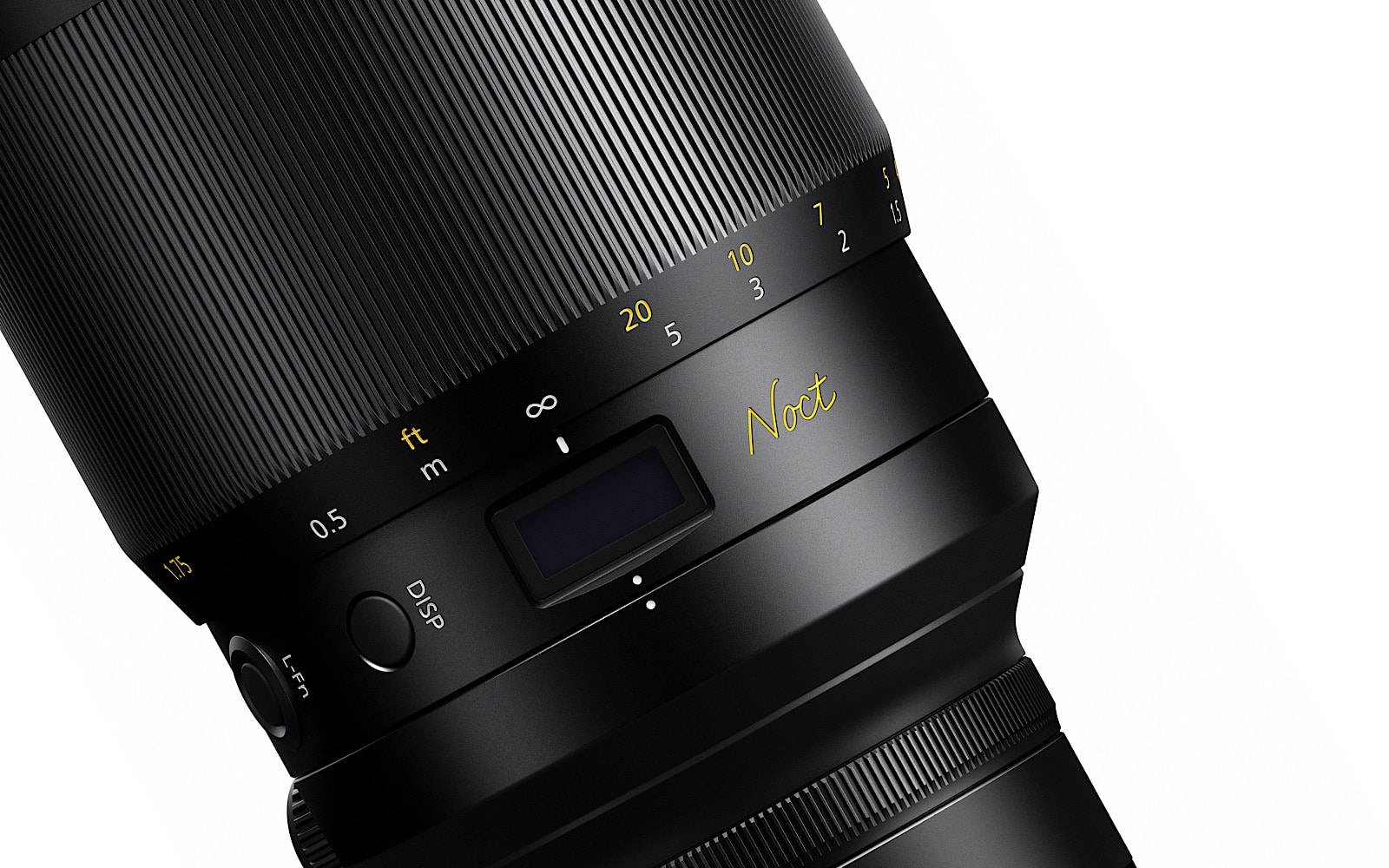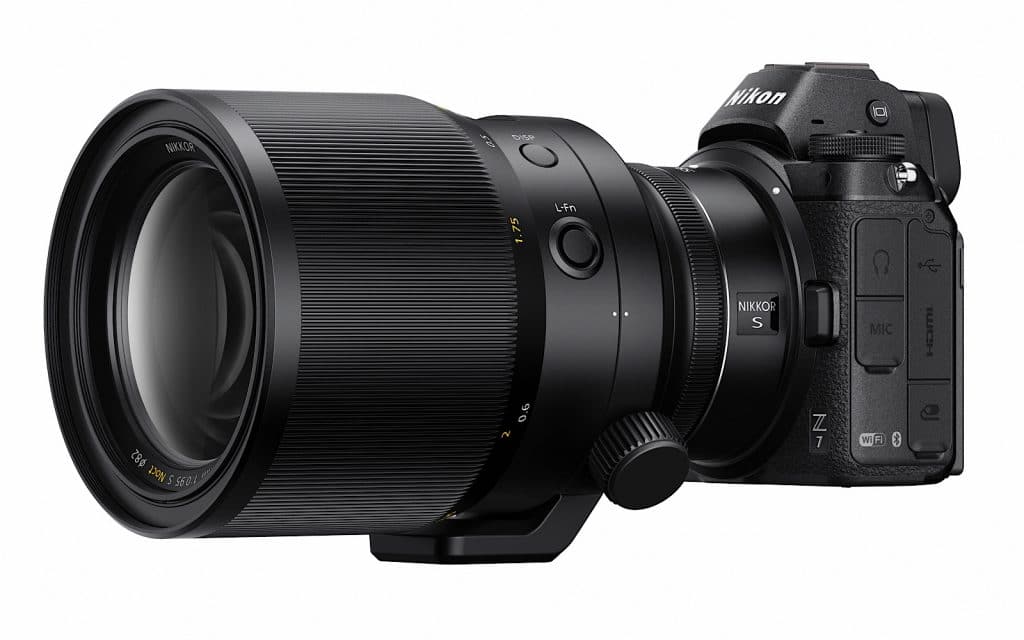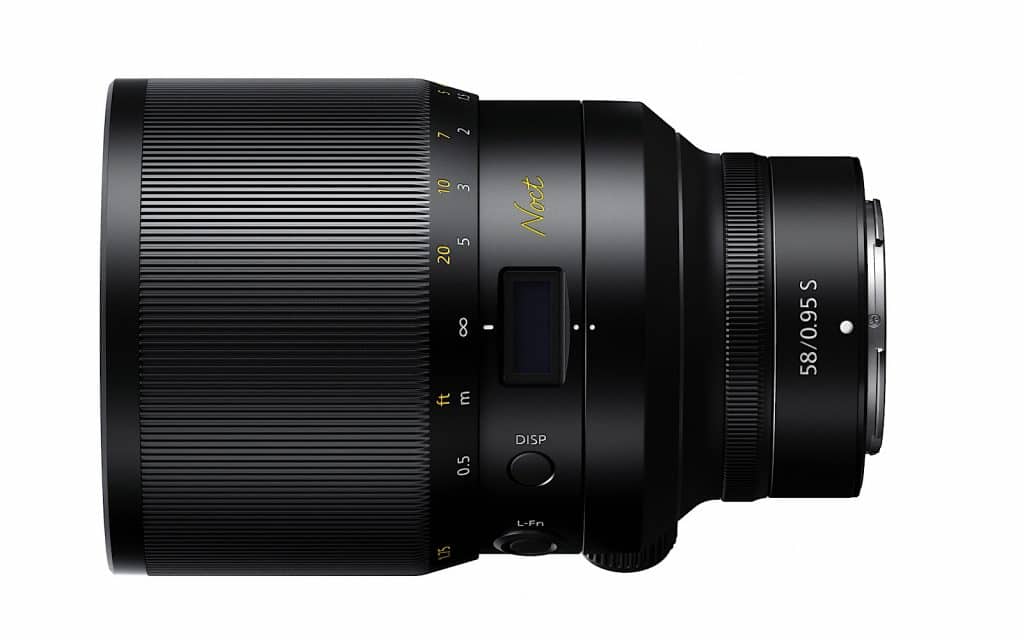Capturing scenes with as little light as possible isn’t easy, and tends to need some mighty low apertures. But if you have the cash, a new lens from Nikon might just capture the boogeyman.
Even though sensors are improving dramatically and camera technology is able to emulate what a fast lens can do, there really is nothing like a good and proper lens made to bring in as much light as possible, even in low-light situations.
A lens designed to perform better with regards to low-light has what’s referred to as a lower aperture, an F-stop number that tells you just how far wide the lens can open up to let as much light as can be seen by the camera.
In years past, lenses like this have been rated at very low apertures indeed, such as F1.8, F1.4, and F1.2. The lower the number, the more light that can come in, and it’s typically why lenses with lower aperture numbers tend to ask for higher price tags, and also why smartphone makers are using lower “F” numbers on phones.
Camera makers call wide aperture lenses like this “fast lenses” because of the rate light enters the lens, which these days often sits in lenses around a “one” on the focal length scale, the F-stop.
You’ll see it mentioned in the marketing and specs these days, and aside for thinking of the photographers buying their phones, smartphone camera makers are using this to promote the low-light chops in the smartphones. It’s not completely equal (because there are a lot of parts to a smartphone camera), but a lens that lets in more light is likely going to perform better in low light than one that doesn’t, and so using low-light friendly lenses is useful for getting shots in the dark, but other reasons, too.
The soft background of “portrait” images on smartphones comes from phone companies emulating what a fast lens does, because as more light enters the lens at a low aperture, the less depth a lens and camera has to work with and thus makes the foreground sharp against a softened background. You typically need a big piece of glass to make this happen, and so while phone cameras are getting low aperture lenses, they’re not quite big enough to get the right amount of light in to make that happen, so they emulate it in software.
Portrait modes are good, but they’re not the same, and so while the Huawei P30 Pro’s depth sensor helps it work out the difference to make its portrait images excellent and Apple works to make the iPhone 11 Pro Max do the math to make its portrait mode work the way it does, there still is nothing quite like a fast, low-light friendly lens.
However they can be big and expensive, and somewhat hard to find. Canon and Nikon have each brought back an F1.2 over the past few years, but have been producing F1.4 and F1.8 lenses for a while now. Unsurprisingly, F1.8 lenses are somewhat affordable, F1.4 lenses are a little more pricey, and F1.2 lenses incur a greater cost.
And then there’s what Nikon is planning to bring to its Nikon Z range later this month, coming in the Nikkor Z 58mm F0.95 Noct.
The fastest lens Nikon has made yet, the F0.95 Noct grabs light in loads, with a crazy F-stop level that may be a new benchmark, made to work with full-frame Nikon Z cameras. It should still work with the recently-announced Nikon Z50, though the 58mm will more likely work as if it’s an 87mm lens because of the difference in sensor size.
Don’t expect the F0.95 Noct to be a cheap lens, however. With F1.2 already attracting a premium, the 58mm F0.95 Noct will likely be quite high up there, and even comes in a metal body while the glass is coated in two types of coating to cut back on ghosting and minimise reflection.
As for pricing and availability, Nikon doesn’t always do that, but with a US price of around $8000, you probably shouldn’t expect the 58mm F0.95 Noct in Australia for less than $10K. Gulp.








